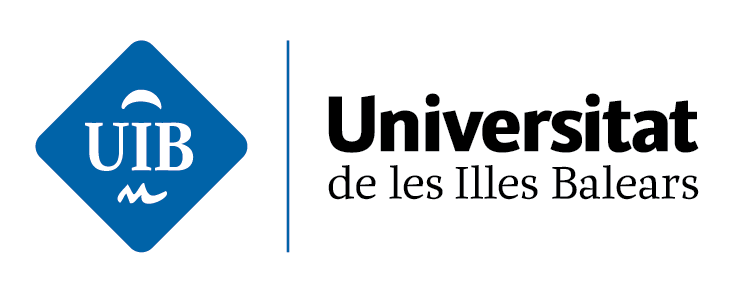EMLOSFe
Exploring the Impact of the Organic Sulfur Cycle on Iron Speciation and Bioavailability in the Marine Environment
Project PID2023-148860OB-I00
Recent advances in genomics and proteomics have significantly deepened our understanding of the complex interactions between iron and the cell membrane of phytoplankton. However, we are still far from achieving a comprehensive, ecosystem-scale perspective that would enable global modeling of iron acquisition by oceanic phytoplankton. While studies on plankton cultures have shown that iron bioassimilation is enhanced when in its reduced form, Fe(II), the mechanisms involved in its reduction and uptake remain unclear, particularly regarding how phytoplankton promotes this reduction near the cell to facilitate uptake.
We propose that the traditional approach, focused on identifying complex, multigene, and exceptional mechanisms found in a few species, may be misleading when addressing this issue on an ecological scale. The universality, importance, and evolutionary antiquity of iron requirements suggest that viewing its acquisition as a biological puzzle made of diverse mechanisms may not be the most effective path. Instead, we point to a specific group of compounds that meet the criteria of ubiquity and redox potential, and which could play a central role in iron reduction and uptake in surface seawater: organic compounds with reduced sulfur (hereafter, ORS compounds).
Among these, thiols (R–SH)stand out due to their universal presence in all organisms, rapid bioaccumulation under metal stress, role in oxidative stress regulation, and their exudation in high concentrations by phytoplankton. Chromatographic techniques have identified a wide variety of ORS compounds in marine environments, including cysteine, glutathione, cystine, oxidized glutathione, 3-mercaptopropionic acid, thioglycolic acid, 2-mercaptoethanol, various amino acid dimers, phytochelatins, among others. Despite this diversity, research in this field stalled over a decade ago, possibly due to the belief that these compounds held limited environmental relevance.
What makes ORS compounds particularly compelling for our hypothesis is their moderate stability in oxygenated seawater in the dark and their rapid oxidation and photodegradation under solar radiation. The quick oxidation near the cell, before the iron reductant can diffuse away, is essential to maintain energy-efficient iron uptake. Otherwise, ubiquitously high concentrations of ORS compounds would be needed to facilitate the process.
Several observations support this hypothesis. Cysteine, for example, can reduce Fe(III) when complexed on the surface of goethite. The photooxidation of reduced thiols does not produce disulfide bonds, but rather more oxidized forms. Moreover, thiols react with reactive oxygen species, which may slow Fe(II) oxidation. Classic studies even described the formation of superoxide—a known Fe(III) reductant—from thiol autooxidation; however, we suspect that these results may have stemmed from analytical artifacts, as superoxide detection techniques were not robust at the time. Nonetheless, it is well known that dissolved organic matter (DOM) irradiation enhances superoxide production, and, to our knowledge, the potential role of the ORS fraction of DOM in this process has not been explored.
Our hypothesis, therefore, is that ORS compounds present in surface seawater—especially thiols—participate in photochemical reactions driven by sunlight that lead to the reduction of Fe(III) to Fe(II), the more bioavailable form.
Project Objectives
- Experimentally evaluate the efficiency of the proposed process.
- Identify which ORS compounds are directly involved.
- Provide theoretical support through molecular and thermodynamic calculations.
- Investigate the chemical pathways involved (ligand-to-metal charge transfer, electron shuttling, formation of intermediates such as superoxide, etc.).
- Replicate the chemical system in cell cultures and assess whether it induces significant changes in iron acquisition.

